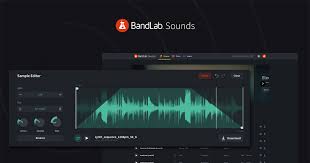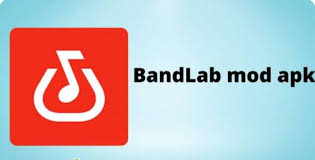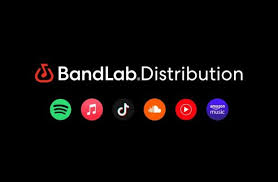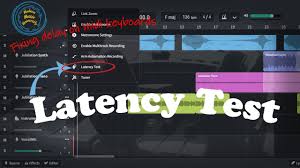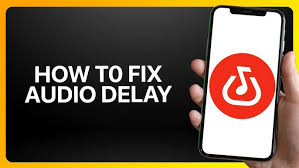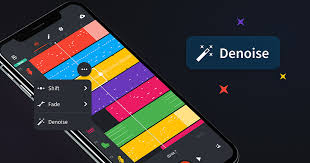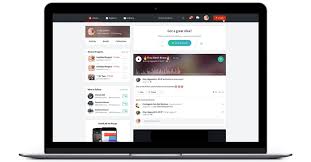AI music tools have made it easier than ever to create cover songs in your own style—or even with your favorite artist’s voice. Whether you're a music producer, indie artist, YouTuber, or just someone who loves to experiment with sound, you're probably wondering:
“How do I make my own AI cover that sounds professional and original?”
In this guide, we’ll break it all down. You’ll learn how to make your own AI cover using real tools, from vocal cloning and instrumental separation to fine-tuning output for legal and creative clarity.
Let’s dive in.

What Is an AI Cover?
An AI cover is a version of a song where vocals are recreated using artificial intelligence. You can use:
AI-generated voices (e.g., imitating a famous singer or your own cloned voice)
Custom instrumentals or separated stems
Text-to-speech singing models trained on music data
This makes it possible to turn a song like "Shallow" into a ballad sung by a jazz-style Ariana Grande clone—or yourself.
Can You Legally Make AI Covers?
It depends on how you distribute and monetize them.
For personal or educational use, AI covers are generally fine.
For public release (e.g., YouTube, TikTok), platforms may flag content based on copyright, especially if you use artist likenesses.
For commercial use, make sure your cover doesn't infringe on:
The original composition copyright (melody/lyrics)
The original vocal likeness (e.g., an AI Frank Sinatra)
Always credit the original songwriters and avoid misleading audiences about who’s actually singing.
Tools You’ll Need to Make Your Own AI Cover
To make an AI cover, you need tools that can:
Clone voices or synthesize vocals
Separate vocals and instrumentals
Remix or process audio
Here are the most popular and beginner-friendly options:
| Task | Tool | Description |
|---|---|---|
| Voice cloning | Voicify.ai, Covers.ai, SoftVC VITS, OpenVoice | Clone your own voice or emulate celebrity vocals |
| Instrumental removal | LALAL.AI, Moises.ai, Spleeter | Extract vocals/instrumentals from original song |
| Vocal synthesis | Suno, Udio, DiffSinger, OpenSinger | Generate AI vocals from lyrics and melody |
| Audio mixing | Audacity, FL Studio, Ableton Live | Combine AI vocals with backing tracks |
| TTS singing (optional) | Vocaloid, Synthesizer V, ElevenLabs (experimental singing) | Turn text + melody into synthetic singing |
Step-by-Step: How to Make Your Own AI Cover
Step 1: Choose Your Song
Pick a song you want to cover. Consider:
Key and tempo (simpler songs are easier to process)
Style (ballads, pop, and acoustic often work best)
Language and pronunciation (English songs have broader model support)
Step 2: Get the Instrumental
You have two options:
Use an official karaoke/instrumental version from YouTube or streaming services.
Remove vocals from the original using a tool like:
LALAL.AI
Moises.ai
Spleeter (for tech-savvy users)
Export the instrumental as a WAV or high-quality MP3 file.
Step 3: Record or Generate Your AI Vocals
You can use your own voice or clone someone else’s (legally, for personal use).
Option A: Clone Your Own Voice
Use Voicify.ai or OpenVoice to upload clean voice samples and build a custom AI model. Once trained:
Input lyrics + melody or a capella performance
Let the AI generate your voice singing the selected song
Option B: Use a Pre-Trained AI Voice
Platforms like Covers.ai let you select popular vocal models (e.g., Drake, Ariana, Freddie Mercury) and input lyrics to generate AI vocals automatically.
?? Most voice clone libraries are intended for demo or parody use—don’t misuse them for commercial gain without consent.
Step 4: Mix and Align the Vocals
Import both the instrumental and AI vocal track into a DAW like:
Audacity (free and lightweight)
FL Studio or Ableton Live (advanced control)
Align timing, pitch-correct as needed (using Auto-Tune or Melodyne), and add effects like reverb or EQ to make it feel studio-polished.
Step 5: Export and Share (with Caution)
Once everything sounds smooth:
Export your final AI cover as a WAV or MP3
If you’re sharing online (e.g., YouTube, SoundCloud):
Add a “cover” disclaimer
Credit the original songwriters
Clarify that the vocals are AI-generated
Pro Tips for Better AI Covers
Use high-quality inputs: The better your source vocals and stems, the better the AI output.
Experiment with styles: Try reimagining upbeat tracks as slow ballads, or vice versa.
Avoid copyrighted visuals when uploading to YouTube.
Check model legality: Use open-source or licensed models to stay compliant.
Real-World Use Cases
YouTubers recreating popular songs in celebrity voices for engagement
Producers testing song arrangements with placeholder vocals
Vocalists using AI versions of themselves for harmonies or layering
Filmmakers creating soundtrack demos before hiring real singers
Conclusion: Making Your Own AI Cover Is Easier Than Ever
If you've been asking, “How do I make my own AI cover?”, you now have a full roadmap—from tools and techniques to publishing tips. With platforms like Voicify, LALAL.AI, and Suno, creators can explore new musical territories without needing a full studio or vocal talent on hand.
Just remember: use responsibly, respect copyright, and always keep experimenting.
FAQs About Making AI Covers
Q1: Can I monetize AI covers on YouTube or Spotify?
Usually no, unless you have a license to use the composition. AI-generated vocals using famous voices also raise legal red flags.
Q2: Are AI covers legal?
For personal use, yes. Public distribution depends on copyright laws in your country and platform policies.
Q3: Can I make an AI cover using my own voice?
Absolutely. In fact, it's the safest and most original way to create AI-assisted music.
Q4: What’s the best AI cover tool for beginners?
Voicify.ai or Covers.ai are beginner-friendly platforms with fast voice model access.
Q5: Do I need a powerful PC to generate AI music?
Not always. Many platforms are cloud-based, so you can generate music online without local resources.
Learn more about AI MUSIC

